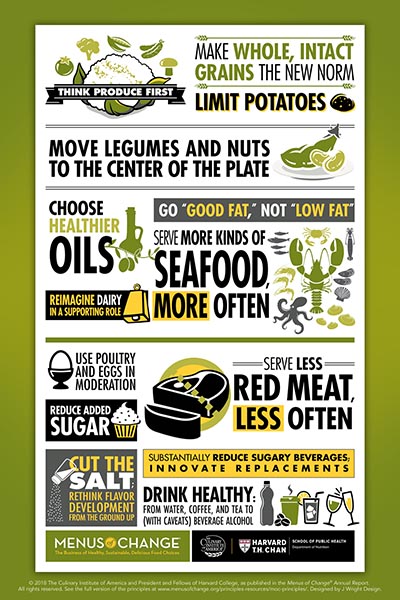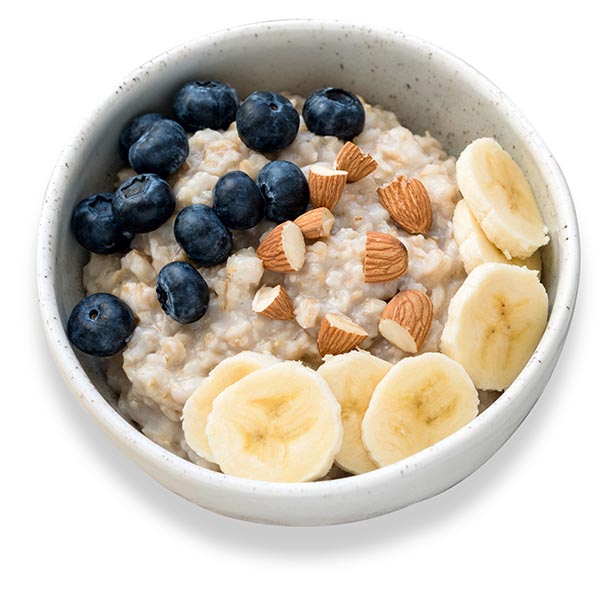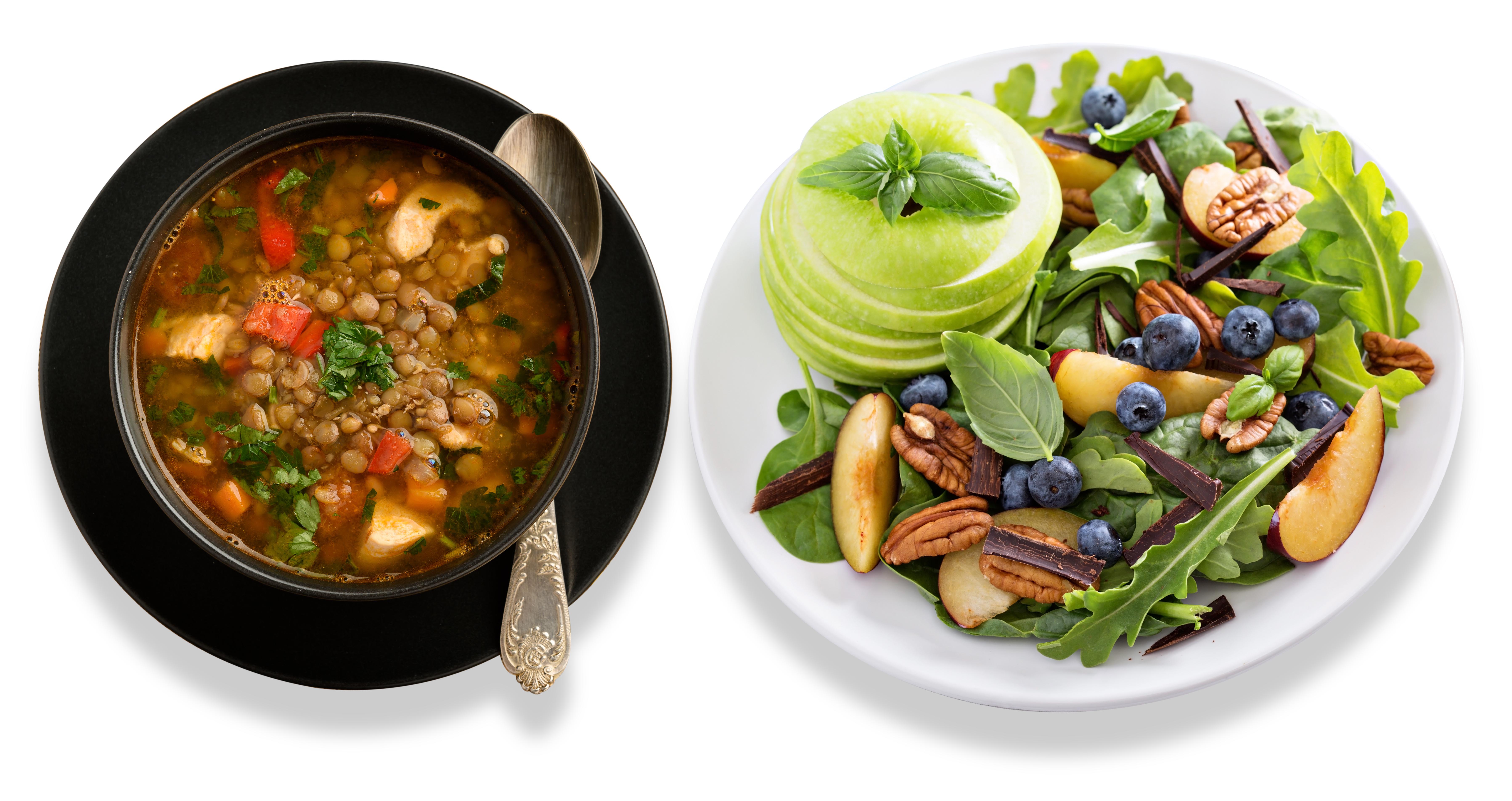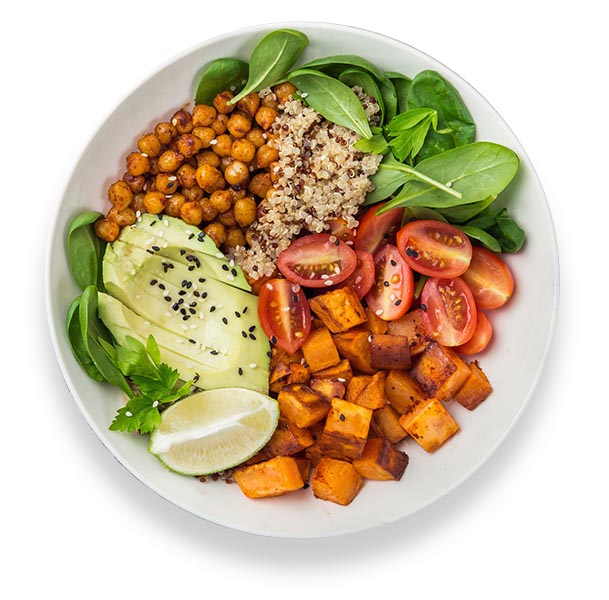Going flexitarian? Here's our guide.

anna_shepulova - stock.adobe.com.
These four steps hit the key elements of a flexitarian diet.
Step 1. Start with plants. Vegetables, fruit, beans, nuts, soy foods, and whole grains are your base.
Step 2. Add optional dairy. You can add one serving—1 cup of milk, 1 oz. of cheese, or 5 oz. of yogurt—per day.
Step 3. Add optional seafood, poultry, or eggs. You can add one small serving—3½ oz. raw (about 3 oz. cooked) or 1 egg—per day.
Step 4. Trade seafood, poultry, or eggs for red meat. You can swap a serving of seafood, poultry, or eggs for the same size serving of red meat, but only once a week.
What to eat? Here are some sample dishes. The Options suggest how to follow Step 2 (add optional dairy) and Step 3 (add optional seafood, poultry, or eggs).
Breakfast
Oatmeal with fruit & nuts
Option: Add dairy milk or yogurt.
Lunch
Lentil soup and salad with fruit & nuts
Dinner
Veggie bowl with chickpeas & avocado
Option: Add a small serving of fish or poultry.
Still hungry?
Fill up with fruits or veggies, nuts, or whole-grain crackers as snacks.
How to create healthy, sustainable menus

In 2013, the Culinary Institute of America and the Harvard T.H. Chan School of Public Health created Menus of Change, a partnership that encourages restaurants to create dishes that celebrate, but aren't limited to, plant-based foods.
The Plant-Forward Global 50—including José Andrés, Alice Waters, Yotam Ottolenghi, and other top chefs—support these goals. Use the principles as a guide to your own menus.

Photos: Vladislav Nosik/stock.adobe.com (breakfast), O.B./stock.adobe.com (soup), fahrwasser/stock.adobe.com (salad), anna_shepulova/stock.adobe.com (dinner). Menus of Change graphic: Designed by J Wright Design.
Tags
Topics







